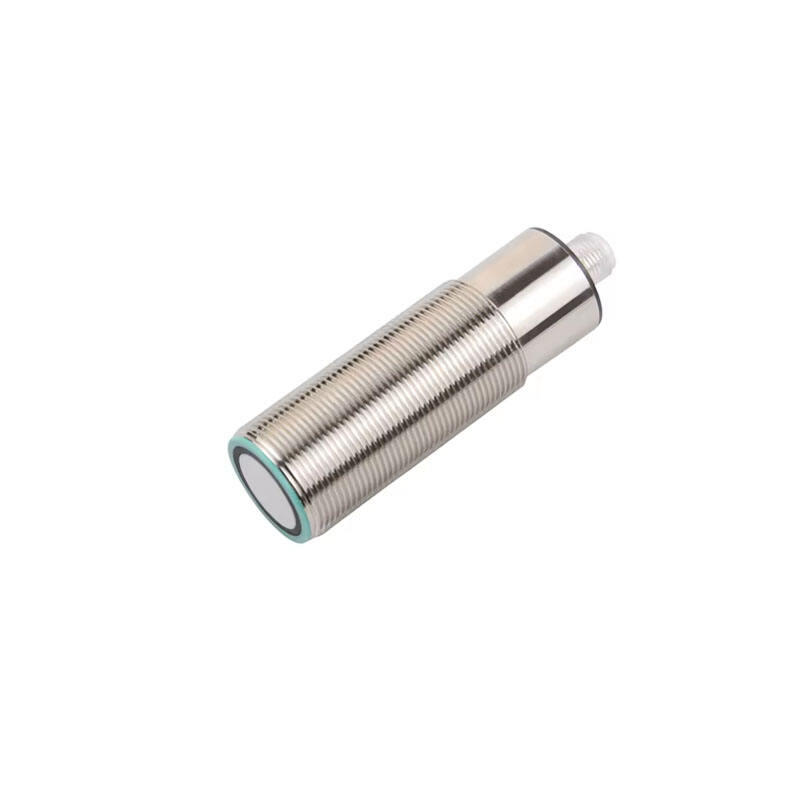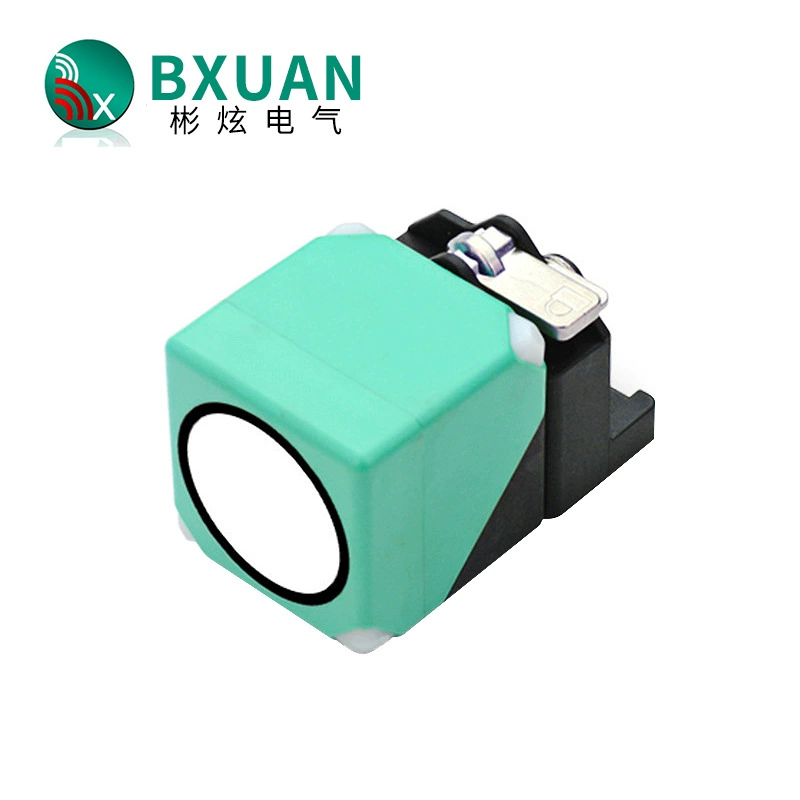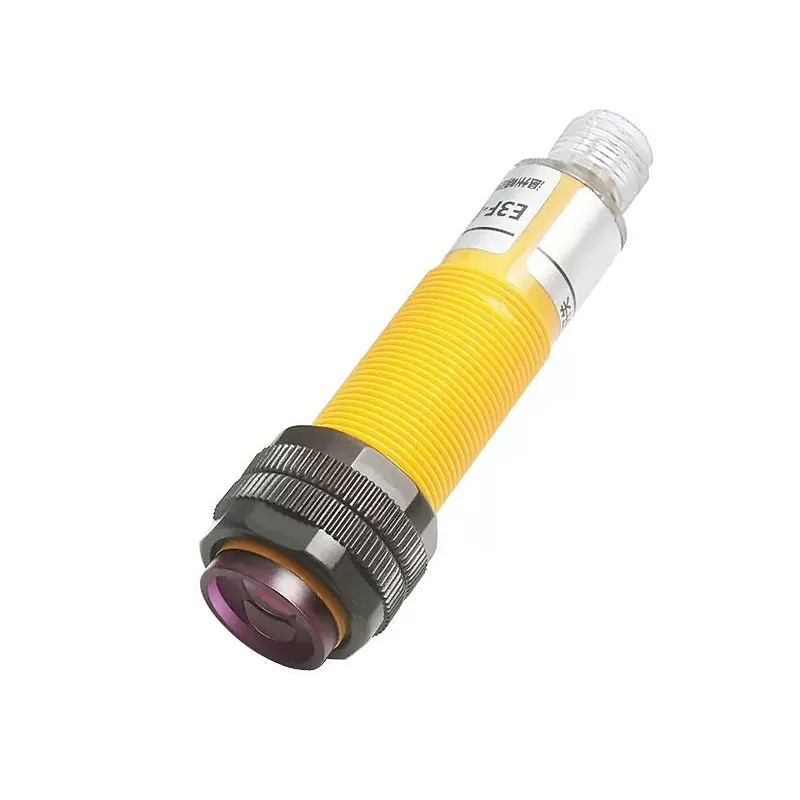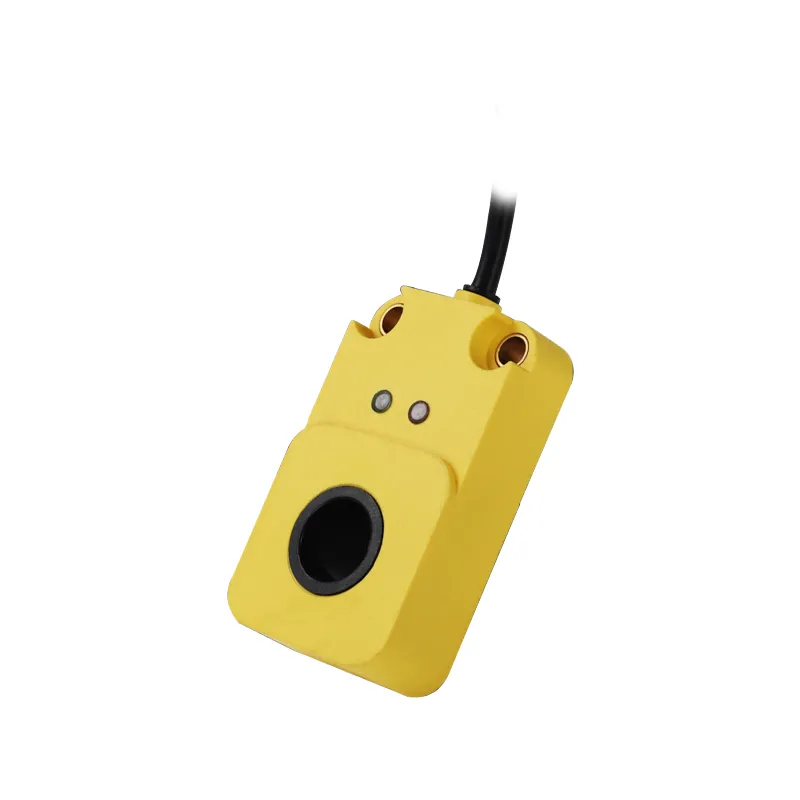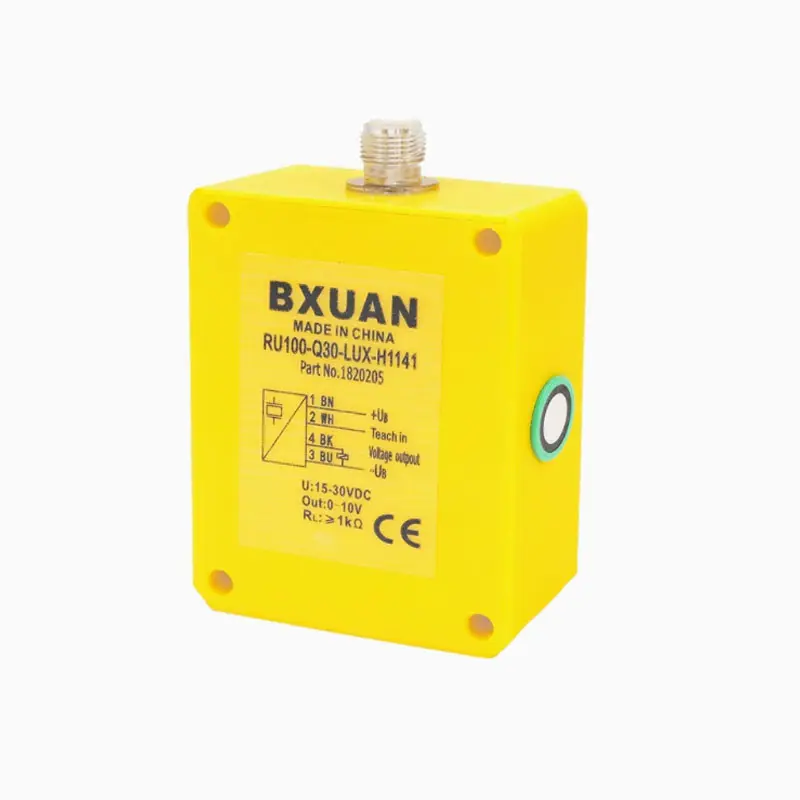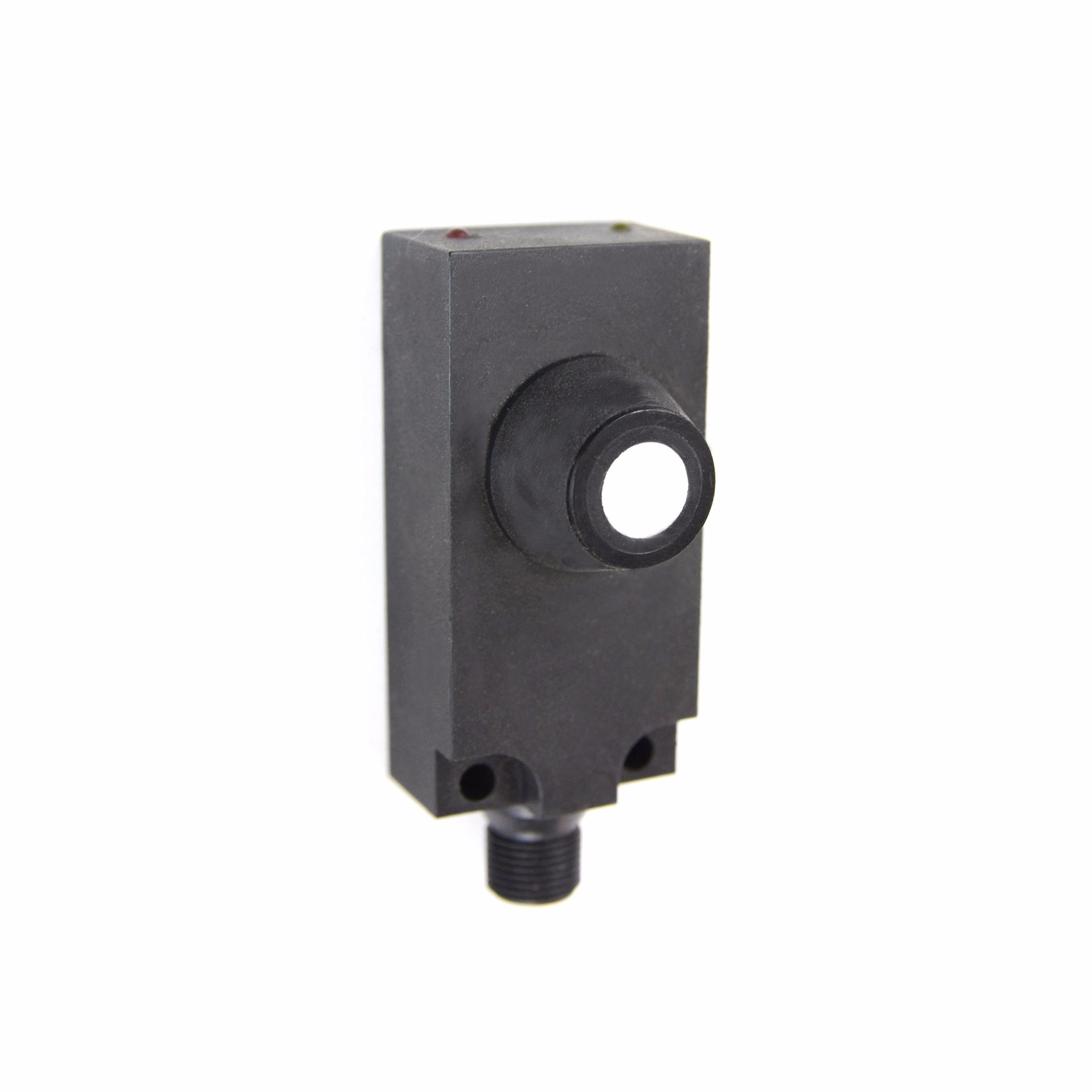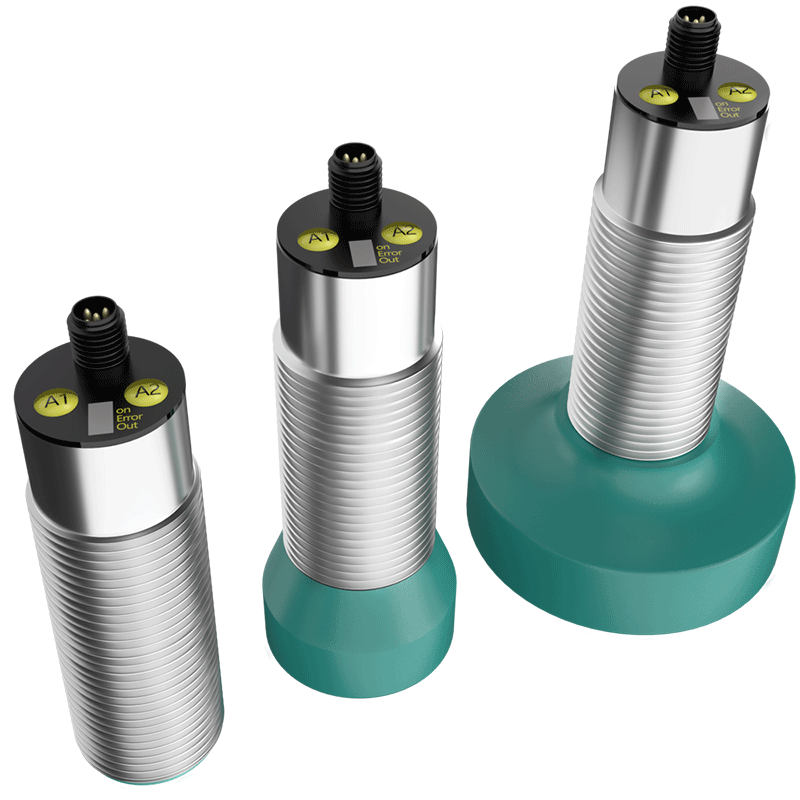industrial proximity switch sensor price
Industrial proximity switch sensor pricing encompasses a comprehensive range of factors that reflect both the technological sophistication and practical applications of these essential industrial components. These sensors, available at various price points typically ranging from $20 to $200, offer non-contact detection capabilities crucial for modern manufacturing and automation processes. The price variation depends on several key factors, including sensing distance, environmental protection ratings, and output configurations. Basic models, priced at the lower end, provide fundamental presence detection with standard sensing ranges, while premium versions offer enhanced features such as extended sensing distances, superior electromagnetic interference immunity, and advanced diagnostic capabilities. The pricing structure also considers the sensor's construction materials, with options including brass, stainless steel, or plastic housings, each suited to different industrial environments. Furthermore, the price point reflects the sensor's compatibility with various industrial protocols and communication standards, ensuring seamless integration into existing automation systems. When evaluating the cost, it's essential to consider the sensor's long-term reliability, maintenance requirements, and the potential impact on production efficiency, as these factors significantly influence the overall return on investment.

